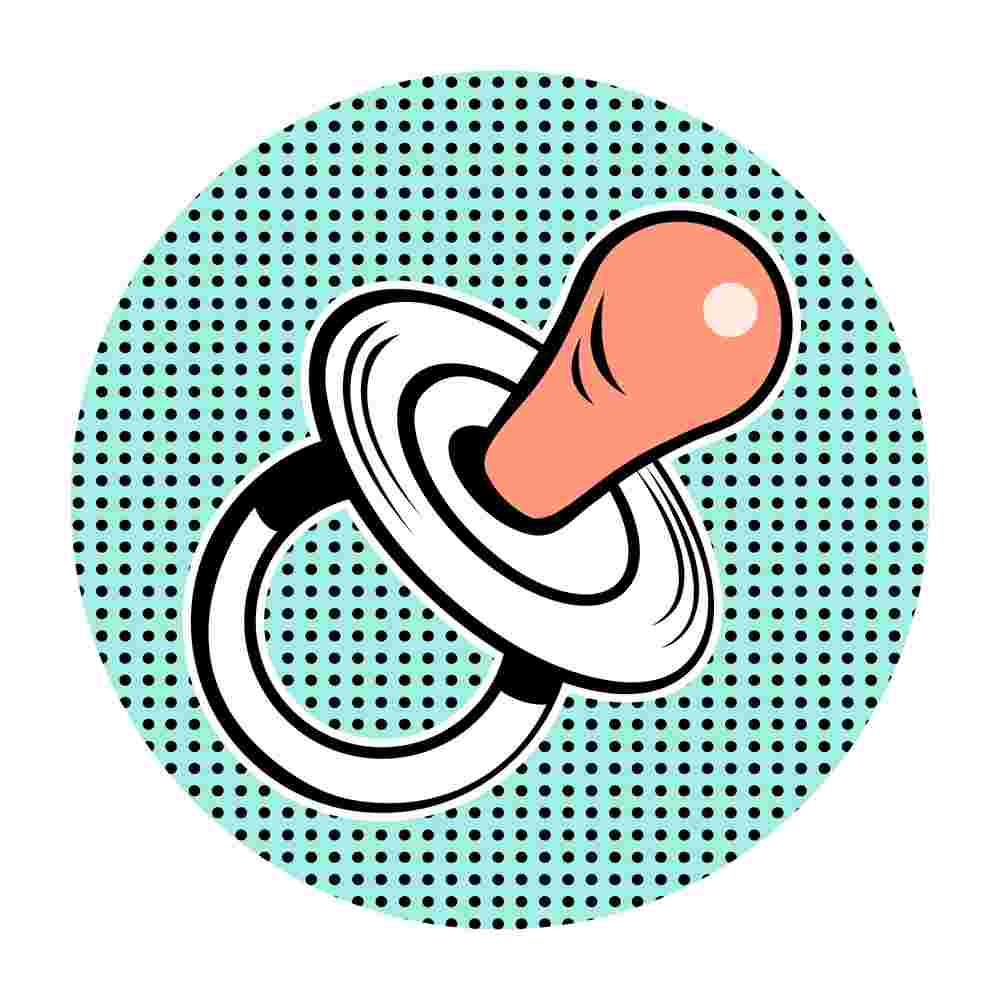A new RCT shows how pacifiers influence malocclusion
Non-nutritive sucking habits (NNSH) with pacifiers are common among young children, with an incidence of 82%. These habits are known to be associated with the development of malocclusion, particularly in relation to the duration of the NNSH. Those of us fortunate enough to have children will know the value of a pacifier. But do they cause malocclusion?
The most common features of NNSH-related malocclusion include anterior open bites and posterior crossbites. These issues typically resolve once the non-nutritive sucking habit (NNSH) has ceased. It’s worth noting that there is limited evidence regarding the effects of NNSH, which is the primary motivation for this study.
A team from Finland did the research, the EJO published the paper.

Irma Arpalahti et al
EJO advance access. https://doi.org/10.1093/ejo/cjae024
What did they ask?
They did this study to ask the following questions.
“Does the use of a specially designed pacifier vs other pacifiers affect the occlusion at 7 years of age”?
And
“Does the duration of pacifier use or digit sucking influence the occlusion at 7 years of age”?
What did they do?
They did a single health region, three armed parallel, prospective and randomised controlled trial. The PICO was.
Participants
All firstborn children in three health districts in Finland.
Intervention
Specially designed study pacifier. The teat is wider and flatter than other pacifiers.
Control
Any other pacifier, digit sucking or no NNSH
Outcome
The presence of posterior crossbite at age 7 years.
They offered the children in the intervention group the specially designed pacifiers. These were delivered on request. They formed the other groups from children who used other pacifiers or no pacifiers.
The study had three groups.
- Special study pacifier
- Other pacifiers
- No pacifiers.
As a result, the team allocated the patients to groups 2 and 3 according to their sucking habits at 2 years after they enrolled into the study.
The team collected data on sucking habits, mothers’ education and features of malocclusion at 2 and 7 years after the start of the study.
They carried out the relevant exploratory statistics, followed by a regression analysis with a dependent variable of the presence of posterior crossbite.
They did a straightforward sample size calculation with an effect size aiming to detect a decrease of crossbite from 15% to 4% with the new pacifier.
What did they find?
Initially, they identified 2715 children in Vantaa, Finland. They formed a study cohort of 804 children whose parents consented. The team offered study pacifiers to 311 children (Group I). Of these, 56 intended to use it.
At the 7-year data collection point, 47 participants were in the study pacifier group, 270 were in the non-study pacifier group, and 134 were in the no-pacifier group.
When they looked at the presence of crossbites, they found that 4% of the study pacifier group, 7% of the non-study pacifier group and 1% of the no-pacifier group had crossbites. There was no statistically significant difference between the different pacifier groups. However, the difference was statistically significant between the pacifier and no pacifier groups.
The regression analysis showed that the only explanatory variable for the presence of crossbite was the use of pacifiers. Importantly, crossbite was more common if the child had used a pacifier for more than 11 months.
Their overall conclusion was
“The use of pacifiers was associated with posterior crossbites, especially if their use was continued for 11 months or more”.
What did I think?
The study was extremely challenging to conduct due to the task of tracking a group of children from birth to the age of 7. While some may question the small sample sizes, I view this as a significant accomplishment.
My first thought before I read this paper was that I already knew the effects of NNSH on malocclusion. However, the authors pointed out that this was based on low levels of evidence. In this respect, the findings add to our knowledge.
After reading the paper carefully, I was surprised to find that the prevalence of crossbites was lower than I had expected. Nevertheless, there was a clear difference between the pacifier and non-pacifier groups. As a result, we should encourage parents to discontinue pacifier use as early as possible. At the same time, we should also consider the importance of allowing parents to get enough sleep!
We can certainly, use this information to inform the parents of young children of the risks of pacifier use. They can then consider a risk/benefit analysis. I know what I would choose?

Emeritus Professor of Orthodontics, University of Manchester, UK.
There is diference between pacifier and Tumb sucking?